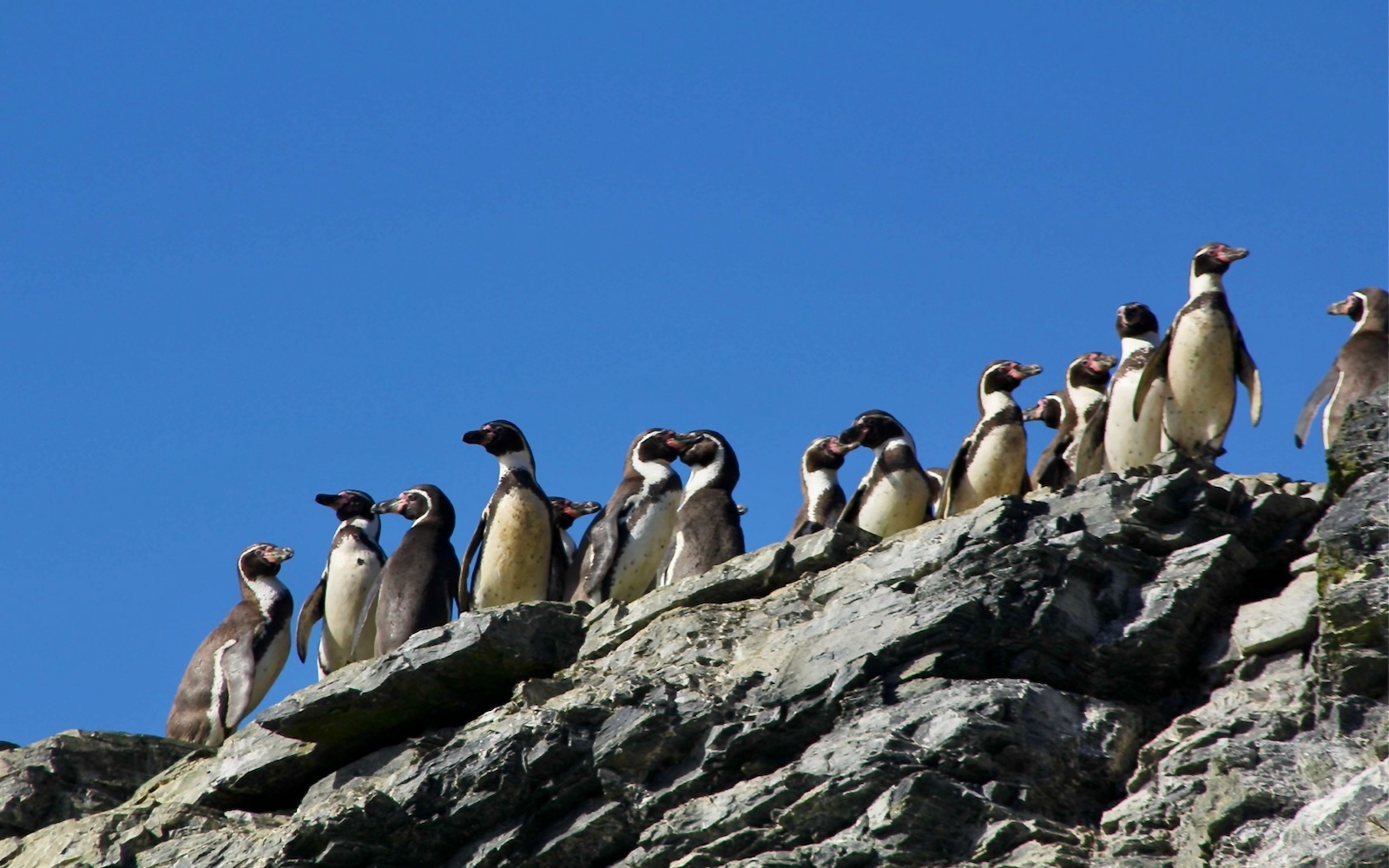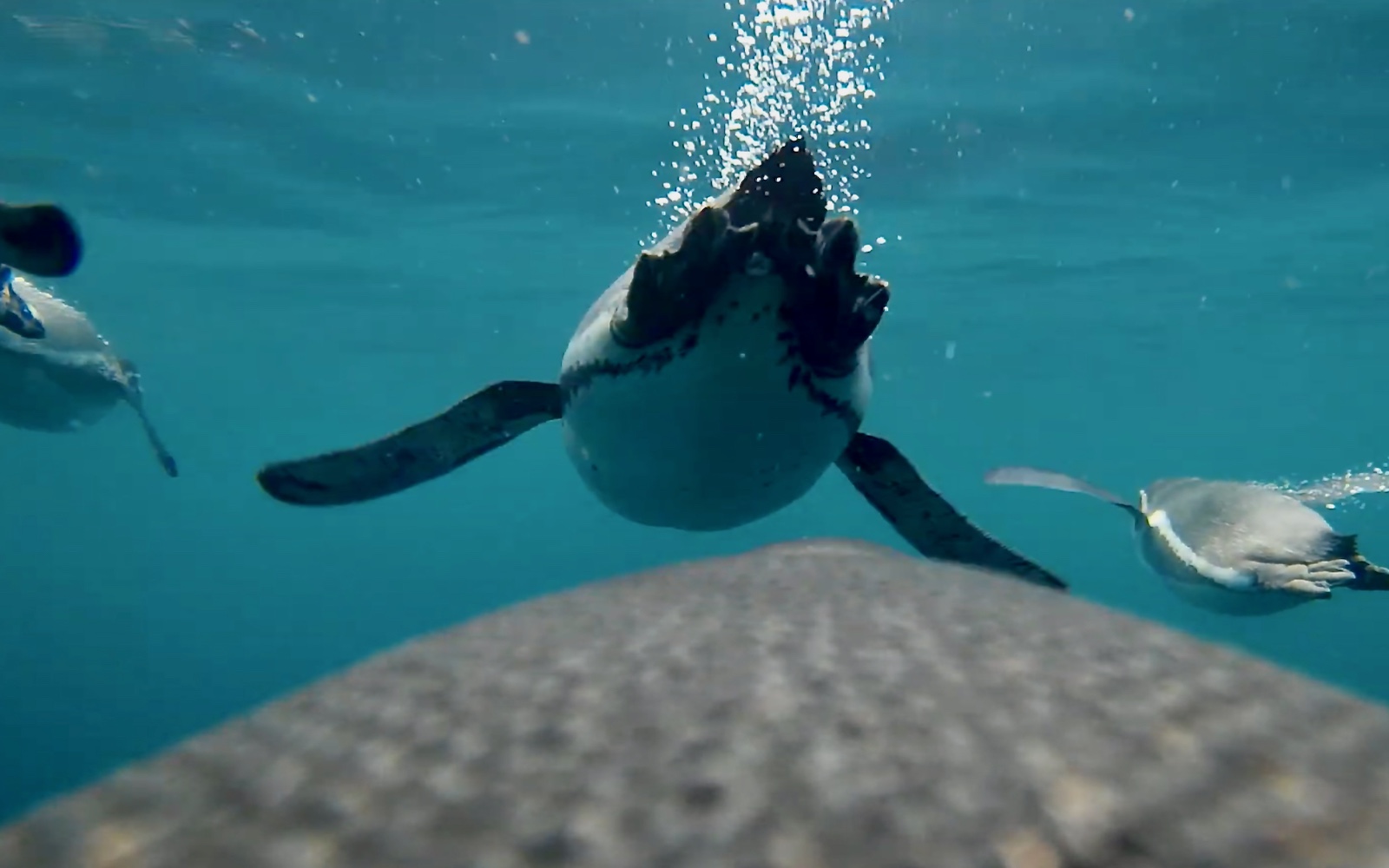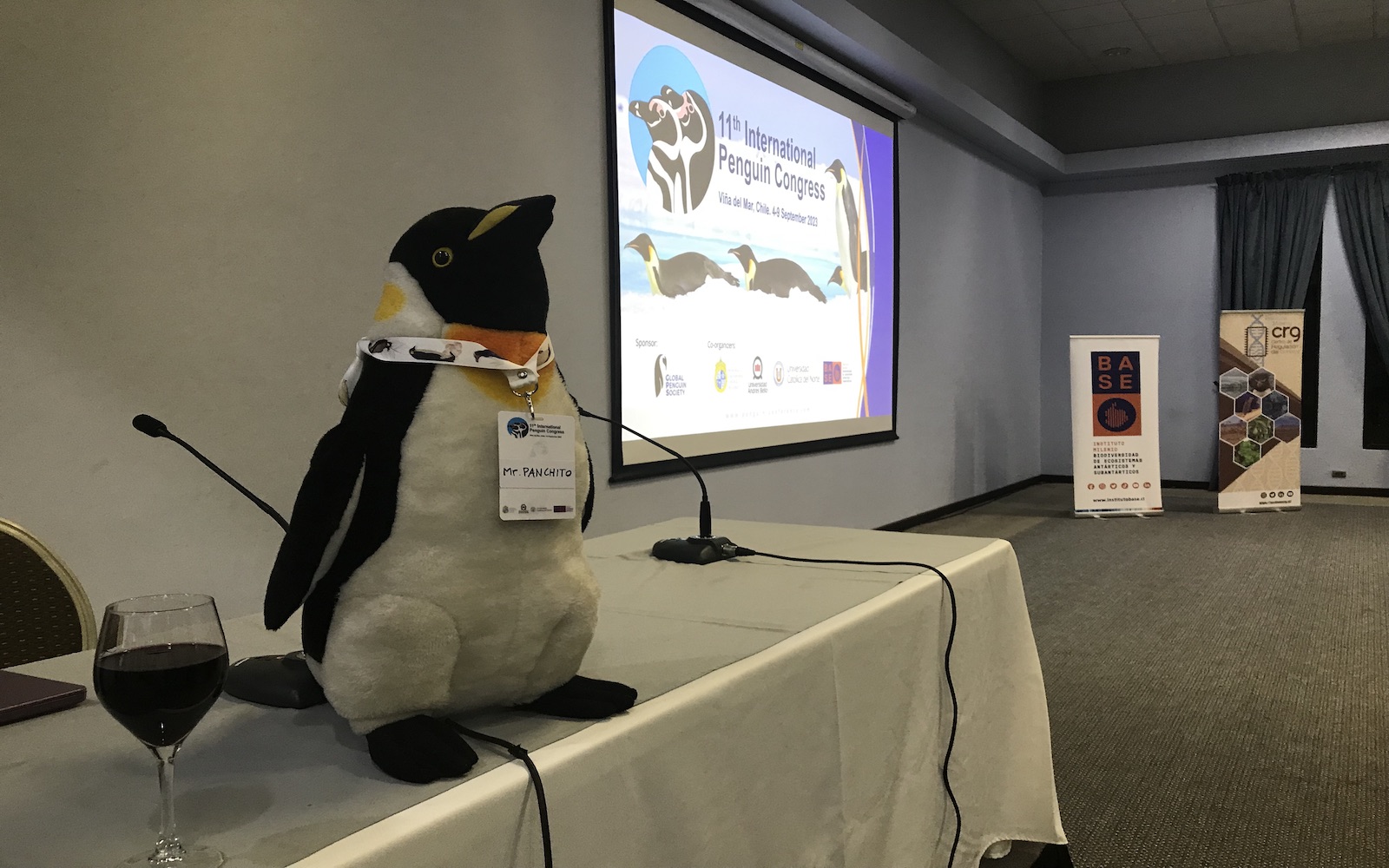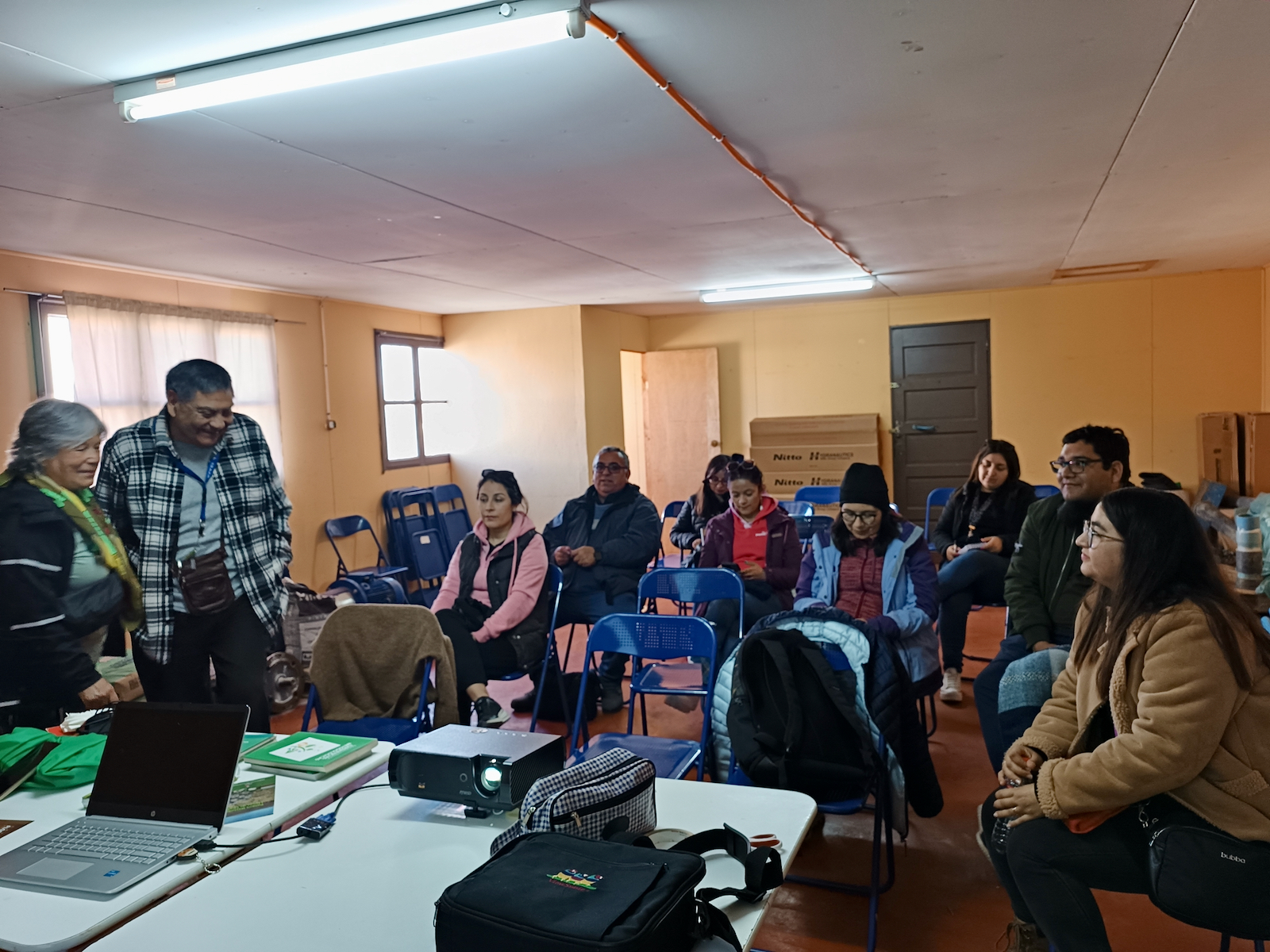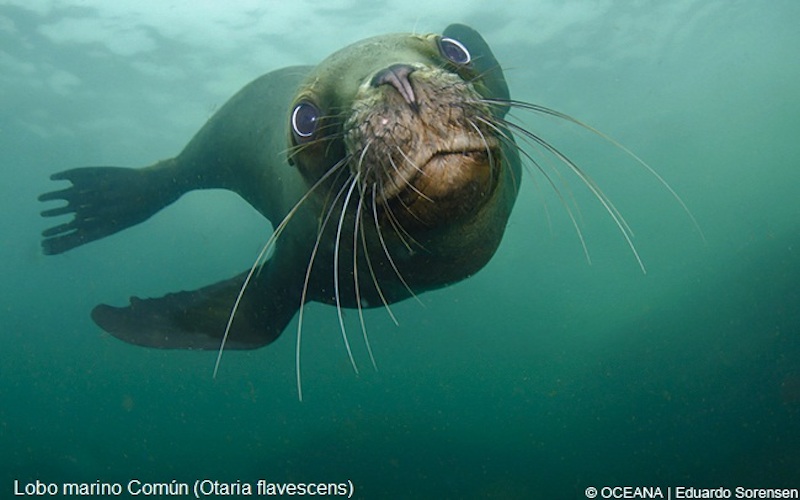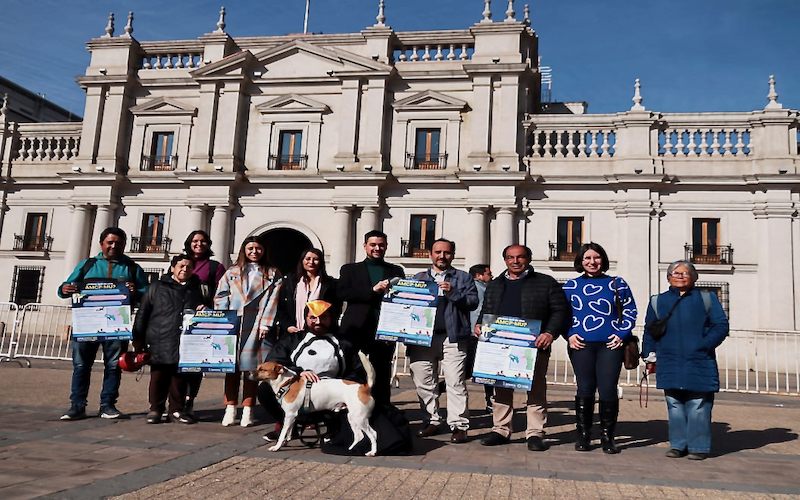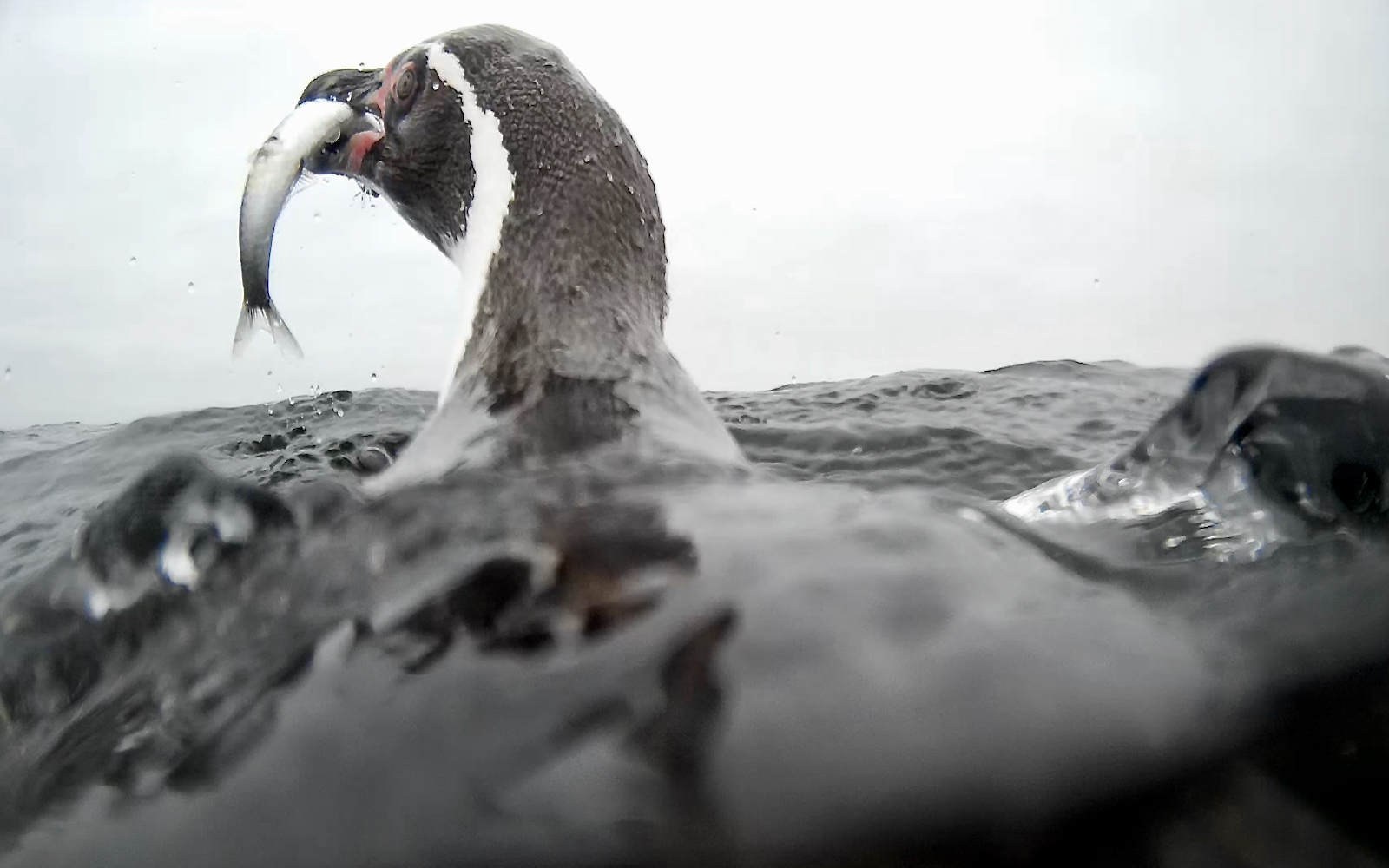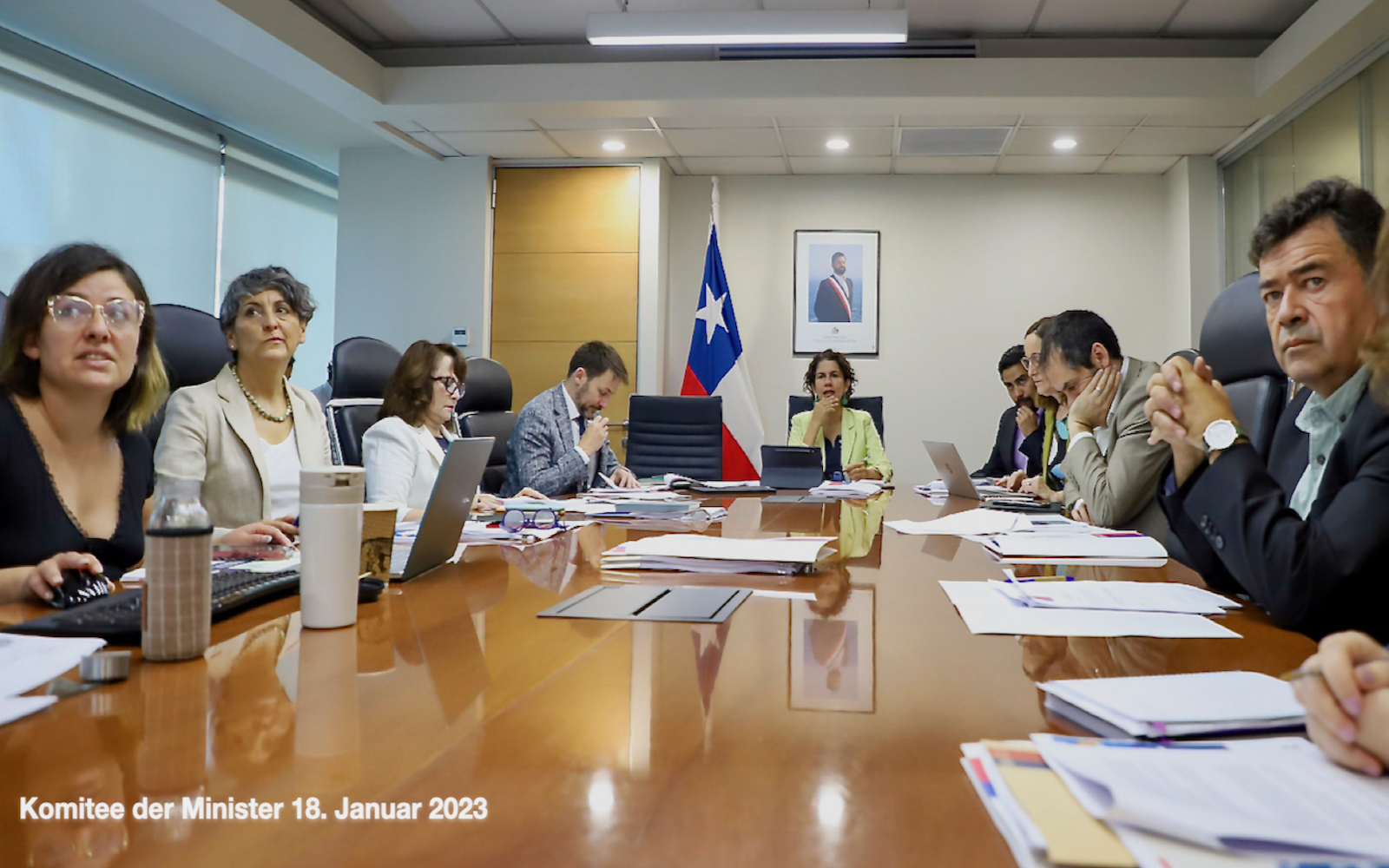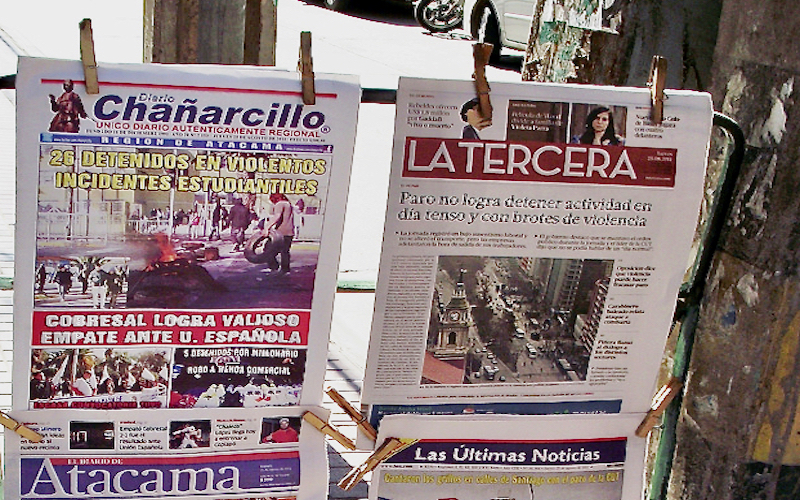Trade unions from Coquimbo, in which a minority of fishermen from La Higuera are organized, are taking legal action before the Court of Appeal of La Serena to have the foundation of the Área Marina Costeras Protegidas de Múltiple Uso (AMCP-MU) (1) Humboldt Archipelago declared illegal. Prior to the trial, supporters of the mining and port projects in Caleta Los Hornos and La Serena recurrently demonstrated against this decision. The supporters are encouraged by Andes Iron and are probably even assigned by the company. The media reported on these actions rather one-sidedly. Therefore "Alianza Humboldt Coquimbo Atacama" issued the following statement:
"Establishing a marine protective area with multiple uses has been the wish of the municipalities of La Higuera and Freirina since 2009. They have been waiting for more than ten years. The "Humboldt Archipelago Marine Protected Area" was approved by three presidents of the Republic!



